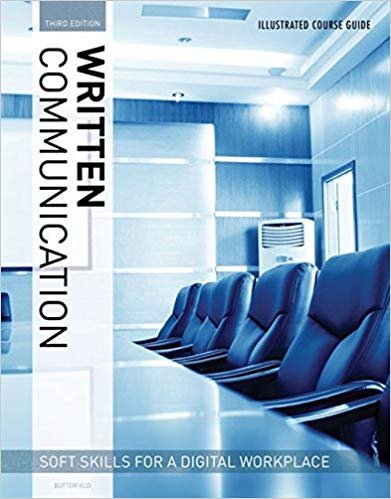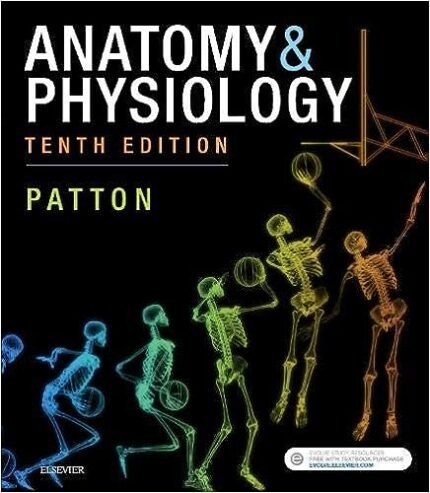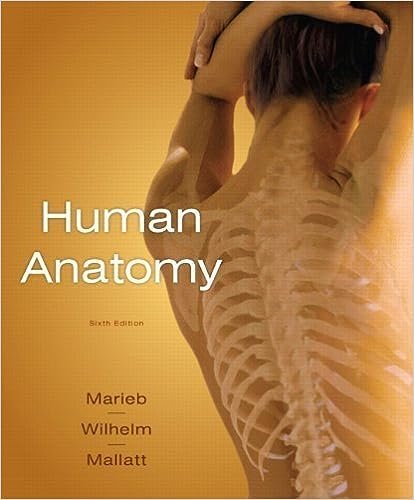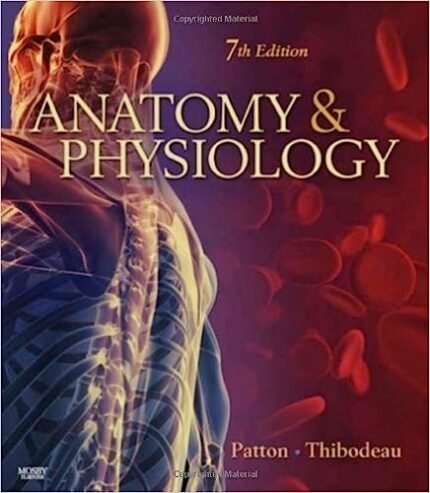Immunobiology 9th Edition By by Kenneth Murphy -Test Bank
Janeway’s Immunobiology, 9th Edition
Chapter 9: T-Cell-Mediated Immunity
Development and function of secondary lymphoid organs—sites for the initiation of adaptive immune responses
9-1 T and B lymphocytes are found in distinct locations in secondary lymphoid tissues
9.1 Multiple choice: Secondary lymphoid organs, such as the lymph nodes, spleen, and mucosa-associated lymphoid tissues, each have distinct features that are important for their role in initiating immune responses focused on different anatomical compartments (i.e., the peripheral tissues, the blood, or the gastrointestinal tract, respectively). Yet these organs share some overall structural features, such as distinct T-cell and B-cell zones. One major difference between these organs is:
- The presence versus the absence of macrophages and dendritic cells
- Their function in bringing rare naive lymphocytes into contact with their specific antigen
- The ability of lymphocytes to enter the organ from the blood
- The mechanism by which antigens or pathogens enter the organ
- The ability of naïve T cells to be activated and proliferate in the organ
9-2 The development of secondary lymphoid tissues is controlled by lymphoid tissue inducer cells and proteins of the tumor necrosis factor family
9.2 Multiple choice: The TNF family of cytokines and their receptors are critical for the development of secondary lymphoid organs, such as the lymph nodes and Peyer’s patches. As a consequence, knockout mice lacking expression of LT-b fail to develop most of these structures. Reconstitution of irradiated LT-b-deficient mice with bone marrow stem cells from wild-type mice (e.g., LT-b-sufficient) would:
- Restore all missing lymphoid structures in the recipient mice
- Restore the missing lymphoid structures but not the missing follicular dendritic cells in the recipient mice
- Restore the missing follicular dendritic cells but not the missing lymphoid structures in the recipient mice
- Have no effect on any lymphoid structures in the recipient mice
- Only restore the proper organization of B cell follicles in the recipient mice
9-3 T and B cells are partitioned into distinct regions of secondary lymphoid tissues by the actions of chemokines
9.3 Multiple choice: An immunodeficient mouse strain is identified, that has a single gene defect causing its disease. Mice with this defect have greatly impaired responses to protein antigens following subcutaneous immunization and also exhibit severely delays in the kinetics of their antibody responses. Analysis of their lymph nodes revealed profound alterations in the normal architecture, with a lack of organization of distinct T-cell and B-cell zones. A likely candidate for the defect in these mice is:
- The chemokine receptor CCR7, which recruits B cells, T cells, and dendritic cells to lymph nodes.
- The TNF family member LT-b, which is made by Lti cells.
- The chemokine receptor CXCR5 that recruits B cells to the lymph node follicles.
- Prox1, the transcription factor required for the development of lymphatic vessels.
- TNF-a, which is required for the development of FDCs.
9-4 Naive T cells migrate through secondary lymphoid tissues, sampling peptide:MHC complexes on dendritic cells
9.4 Multiple choice: Strep throat is commonly caused by group A Streptococcus bacteria. A common symptom of strep throat is the presence of swollen lymph nodes in the neck. This symptom usually peaks about 2–4 days after the onset of the infection, and is due to:
- Damage to the pharyngeal epithelium by the bacteria
- Release of bacterial PAMPs leading to inflammatory cytokine production
- Trapping and activation of antigen-specific lymphocytes in the lymph nodes of the neck
- Recruitment of neutrophils to the lymph nodes of the neck
- Recruitment of circulating macrophages to the lymph nodes of the neck
9-5 Lymphocyte entry into lymphoid tissues depends on chemokines and adhesion molecules
9.5 Short answer: The entry of naive T cells from the blood into lymph nodes and mucosal lymphoid tissues occurs by a process that involves similar steps and similar adhesion molecules to the process by which leukocytes are recruited into sites of inflammation. Yet naive T cells do not enter tissues at sites of inflammation, but rather, home to lymphoid tissues. Which class of adhesion molecules direct the specific homing of naive T cells to lymphoid tissues?
9-6 Activation of integrins by chemokines is responsible for the entry of naive T cells into lymph nodes
9.6 Multiple choice: Naive T cells are isolated and left untreated or treated with ‘compound X’ for 1 hour. Following this, the T cells are incubated with a range of concentrations of a soluble form of ICAM-1 that has been conjugated to a fluorescent dye (soluble-ICAM-1-FITC). Fifteen minutes later, the cells are washed, and the relative amount of fluorescence bound to the cells is measured. The results of this assay are shown in Figure Q9.6.
Figure Q9.6
The most likely identity of compound X is:
- The adhesion molecule, LFA-1
- The adhesion molecule, L-selectin
- The sulfated carbohydrate structure, sulfated sialyl-LewisX
- The chemokine ligand for CCR7
- The immunoglobulin superfamily member, CD2
9-7 The exit of T cells from lymph nodes is controlled by a chemotactic lipid
9.7 Multiple choice: When T cells are activated by recognizing peptide:MHC complexes on dendritic cells in the lymph node, they up-regulate the receptor CD69. For T cells expressing a given T-cell receptor, the initial strength of the T-cell receptor signal can be modulated by varying the number of peptide:MHC complexes on the dendritic cells, or by varying the affinity with which the T cell-receptor binds to the peptide:MHC complexes. As a result, T cells stimulated with stronger T-cell receptor signals will maintain high expression of CD69 for one or two days longer that if those same T cells were stimulated with weaker T-cell receptor signals. Therefore, T cells stimulated with weaker T-cell receptor signals are likely to:
- Die by apoptosis
- Undergo more rounds of proliferation that T cells stimulated with stronger T-cell receptor signals
- Migrate to the B-cell zones of the lymph node
- Have reduced effector functions, such as cytokine production
- Egress from the lymph node 1–2 days earlier than T cells stimulated with stronger T-cell receptor signals
9-8 T-cell responses are initiated in secondary lymphoid organs by activated dendritic cells
9.8 True/False: Unlike innate immune responses, adaptive immune responses are initiated in secondary lymphoid organs. However, the innate immune response to an infection in a tissue has a pivotal role in inducing T-cell responses in the nearest lymph node by activating tissue dendritic cells and inducing their migration to the lymph node.
9-9 Dendritic cells process antigens from a wide array of pathogens
9.9 Short answer: Chimeric mice are generated where approximately 50% of the cells in the animal are genetically MHC class I-deficient. The other 50% are deficient for the herpes virus receptor, HVEM, but do express MHC class I molecules. When these mice are infected with herpesvirus by intraperitoneal injection, a robust virus-specific CD8 T cell response is detected at day 7 post-infection in the spleens of the infected mice. Which cells are presenting herpesvirus antigens to prime the CD8 T cell response, and how did they acquire the viral antigens?
9-10 Microbe-induced TLR signaling in tissue-resident dendritic cells induces their migration to lymphoid organs and enhances antigen processing
9.10 Multiple choice: A mouse is infected with staphylococcal bacteria through a laceration in the skin of its paw. Dendritic cells are isolated from the tissue at the site of infection, and are incubated together with naïve staphylococcal-specific CD4 T cells. Seventy-two hours later, the proliferation of the CD4 T cells is measured as a readout for T cell activation. Surprisingly, the T cell response is quite poor compared to the response observed when the same T cells are mixed with a comparable number of dendritic cells












Reviews
There are no reviews yet.